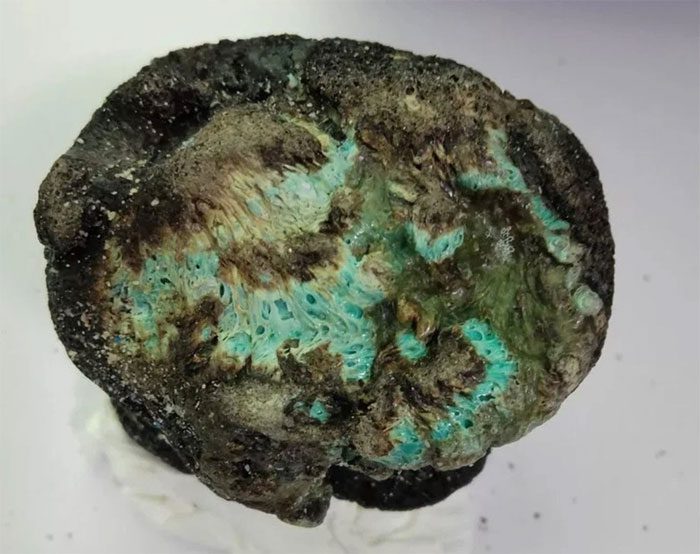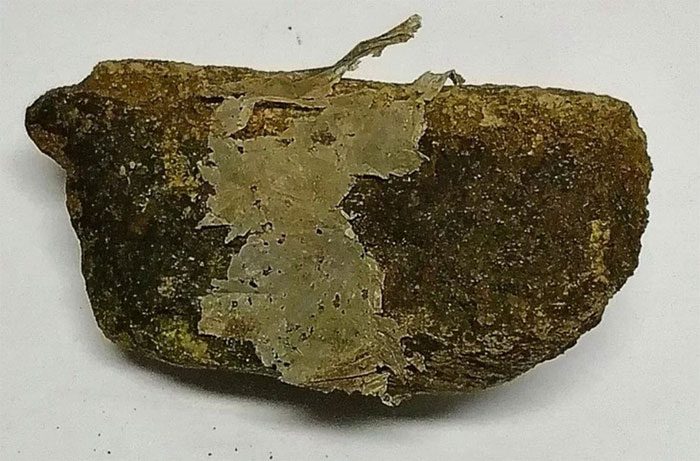Strange plastic rocks have been discovered along coastlines and on land in 11 countries across 5 continents. Alarmingly, they may pose risks to human health.
According to scientists, these sedimentary rocks are a combination of rock and plastic polymers that have been compressed together due to human waste. This phenomenon highlights the extent of plastic pollution globally.

These plastic rocks have been found around the world – (Photo: NEWSWEEK).
There is some disagreement within the scientific community regarding what to call these rocks. Various terms have been proposed, such as “plastic rock,” “flexible rock,” “plastic ooze,” “plastic,” “sandstone,” and “anthropoquinas.”
Deyi Hou, an associate professor of environmental science at Tsinghua University (China), told Newsweek: “We frequently find plastic rocks on beaches and inland. They are present across all 5 continents.”
Hou and colleagues explain that plastic rocks can form through several different processes.
Burning plastic is a commonly mentioned mechanism. Plastic debris melts during campfires or waste burning on the coast. When the tide rises, waves wash these melted plastic fragments tightly onto the rock surfaces.
Another method is through oil leaks onto the beach. Oil often contains a significant amount of plastic, which “adheres firmly to the rock, and eventually, the oil evaporates, leaving the solidified plastic.”
Finally, the research also found that the chemical bonding between plastic polymers and gravel contributed to the formation of plastic rocks inland.

Plastic rocks found inland – (Photo: EARTH-SCIENCE REVIEWS).
The researchers hypothesize that exposure to sunlight has led to the oxidation of plastic, which in turn results in this chemical bonding.
Plastic rocks have been discovered in Bangladesh, Brazil, China, Hawaii, India, Italy, Japan, Peru, Portugal, the Canary Islands in Spain, and the United Kingdom.
The formation of plastic rocks worldwide is a direct result of the plastic pollution we are releasing into the environment. The authors estimate that about 22 to 48 million tons of plastic waste are generated each year.
<pPlastic-containing rocks are predicted to increasingly emerge as part of natural geological processes and will persist for a long time.
|
Risks from Plastic Rocks Plastic rocks can alter the microbial communities in the soil and surrounding environment, which may impact local ecosystems. Worse yet, plastic rocks release microplastic particles, tiny pollutants known to spread globally and even infiltrate human and animal bodies. |



















































